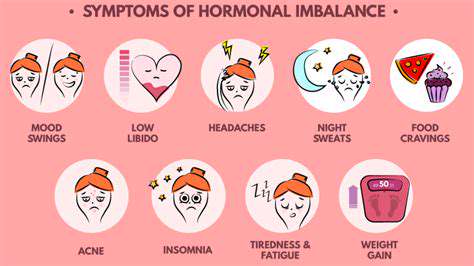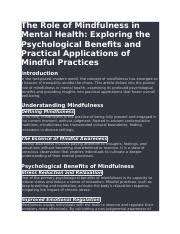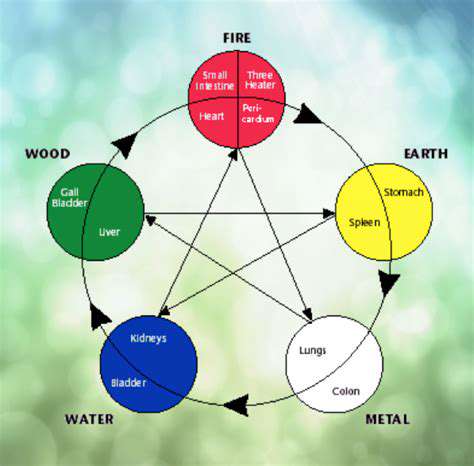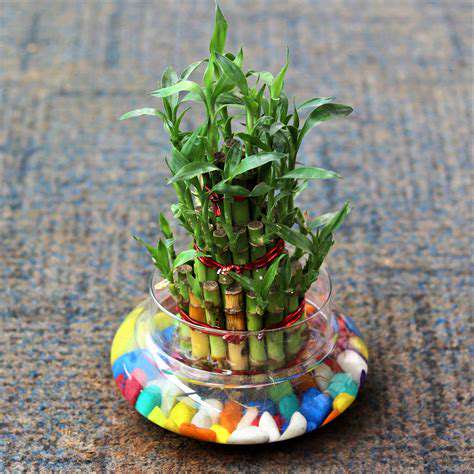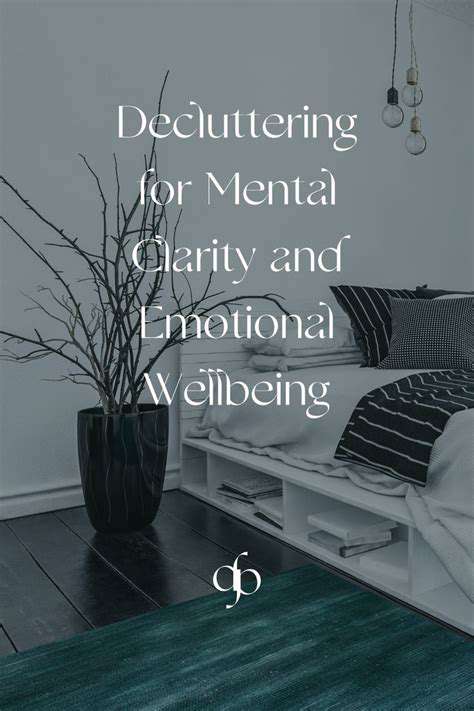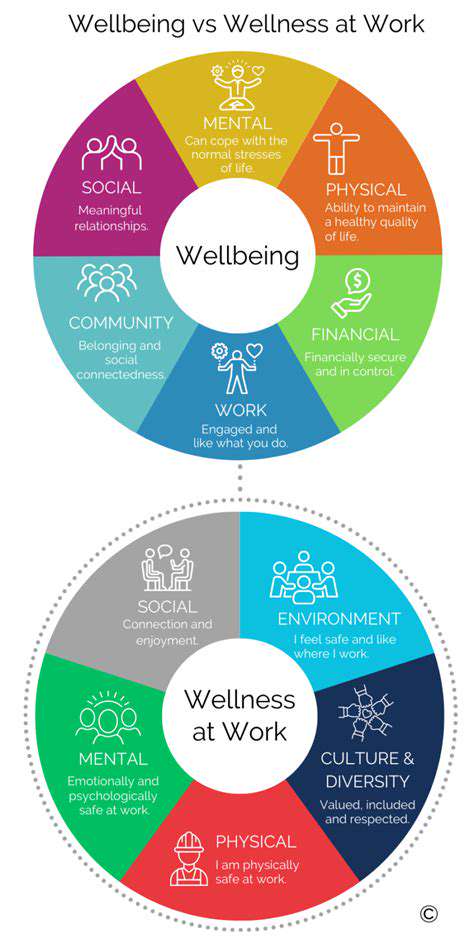Clearing Clutter: A Feng Shui Path to Mental Clarity
When tackling household clutter, most people find success by adopting a room-by-room strategy rather than attempting whole-house organization at once. This focused approach allows for measurable progress and prevents burnout. Professional organizers consistently recommend starting with high-traffic areas like kitchens or living rooms, as these spaces typically yield the most noticeable improvements in daily life.
The four-box method (keep, donate, sell, trash) remains the gold standard for sorting possessions. Seasoned organizers suggest handling each item only once - this decisive action prevents the common pitfall of endless re-sorting. Interestingly, many report experiencing unexpected emotional relief when releasing unused items, as if physical clutter had been weighing on their subconscious.
Choosing the Right Tools and Strategies
Effective storage solutions should match both functional needs and aesthetic preferences. Modular shelving systems, for instance, offer flexibility as organizational needs evolve. The most successful systems combine accessibility with visual appeal - clear bins for frequently used items, decorative boxes for seasonal storage.
Establishing a 15-minute daily tidying ritual proves more sustainable than sporadic marathon cleaning sessions. This micro-habit approach prevents accumulation while requiring minimal daily effort. Many find that maintaining this routine for 21 days creates lasting behavioral change, according to habit formation research.
Maintaining a Clutter-Free Lifestyle
The one in, one out rule serves as an effective maintenance strategy - for every new item brought home, another must leave. This principle naturally limits accumulation while encouraging mindful consumption. Designated homes for everyday items reduce decision fatigue and cut search time significantly.
Quarterly clutter audits help identify problem areas before they escalate. During these reviews, many discover that about 20% of their possessions account for 80% of daily use (following the Pareto Principle). This realization often motivates further simplification, creating space for what truly matters.
Organizing for Optimal Energy Flow
Decluttering for a Clear Mind
Neuroscience research confirms that cluttered environments increase cortisol levels while reducing focus. The act of sorting possessions engages the brain's decision-making centers, creating a meditative state for many practitioners. This explains why decluttering sessions often yield unexpected insights about personal priorities and values.
Identifying Energy Blockages
Environmental psychologists note that spatial discomfort often signals deeper issues. Rooms that feel heavy frequently correlate with unfinished projects or unresolved emotions. The simple act of opening windows can dramatically shift a space's energy by increasing airflow and natural light exposure.
Harnessing the Power of Color and Light
Color psychology applications show that soft blues can lower blood pressure by 5-8%, while yellows stimulate creativity. Strategic lighting placement creates visual hierarchy - task lighting for workspaces, ambient lighting for relaxation areas. These subtle adjustments can transform a room's functionality without structural changes.
Strategic Placement of Furniture and Objects
The ancient practice of Feng Shui aligns with modern ergonomic principles. Allowing 3 feet of clearance around major furniture pieces improves both energy flow and practical mobility. Interestingly, diagonal furniture arrangements often create more dynamic spaces than traditional parallel positioning.
Integrating Nature into Your Space
NASA's Clean Air Study identified specific plants like peace lilies that actively purify indoor air. Beyond air quality, the presence of living plants reduces stress markers by up to 17%, according to recent biophilic design research.
Cultivating a Sense of Order and Balance
Consistent morning and evening reset routines (5-minute tidying sessions) maintain equilibrium. Many professional organizers recommend the five things method - quickly addressing floors, surfaces, dishes, laundry, and trash daily. This minimal daily investment prevents overwhelming buildup.
Mindfulness and Intention
Creating small ritual spaces - perhaps a meditation corner or intention-setting area - anchors daily practices. Lighting a candle or arranging meaningful objects can serve as tactile reminders of personal values and goals throughout the day.

